
What to Do When You’re on a High Floor During an Earthquake: Simple Yet Crucial Guidelines
What to Do When You’re on a High Floor During an Earthquake: Simple Yet Crucial Guidelines
Remember these steps when you’re on a high floor during an earthquake.

According to the Earthquake and Tsunami Warning Center (Earth Sciences Institute), at 13:20 on March 28, an earthquake occurred at coordinates 21.71N - 96.02E with a focal depth of 10 km in Myanmar, causing noticeable shaking in high-rise buildings in Vietnam. In such situations, staying calm and knowing how to respond properly is extremely important. Below are the steps you should take when you’re on a high floor during an earthquake, along with expert advice to help keep you safe.
Steps to Follow When You’re on a High Floor During an Earthquake
Stay Calm and Don’t Panic
The first and most important step when you feel the tremors is to remain calm. Panicking can prevent you from reacting quickly and accurately. Take deep breaths, avoid anxiety, and focus on your next actions. According to experts at PSA, "Staying calm in every situation is essential for handling an earthquake effectively."
Do Not Run Outside
One of the biggest mistakes is to rush outside during an earthquake. When you’re on a high floor, running down can expose you to dangers such as collapsing staircases or falling debris from surrounding buildings. Stay inside your room and follow proper self-protection measures. PSA advises, "Do not use elevators or staircases during an earthquake as they can malfunction or trap you."
Find a Safe Spot
Locate a secure area in your room, such as under a sturdy table, beneath the bed, or near solid support columns. Avoid windows, as well as objects that can easily fall, like shelves, mirrors, or electronic devices. Safety experts from international rescue organizations recommend finding a stable shelter and avoiding areas prone to structural collapse in high-rise buildings.
Protect Your Head and Neck
If you cannot find a safe shelter, protect your head and neck using your hands or any nearby object such as a pillow or jacket. This precaution helps minimize the risk of injury from falling debris or objects. According to PSA specialists, protecting your head and neck is crucial for reducing the risk of severe injuries during an earthquake.
Wait Until the Shaking Stops
After the tremors cease, do not rush out of the room immediately. Wait for about 1-2 minutes to ensure there are no strong aftershocks. If possible, check the safety of your surroundings before exiting or contact the building manager for current updates. PSA warns, "Aftershocks can occur right after you think everything is calm. Stay patient and wait."
Prepare an Emergency Kit
To be ready for any eventuality, prepare a small emergency kit containing a flashlight, drinking water, a face mask, a first aid kit, and other essential personal items. Keep this kit in an easily accessible location so that you can quickly grab it in an emergency. Experts recommend having an emergency kit to help you protect yourself in unexpected situations.
Stay Informed
During an earthquake, monitor reliable information from authorities via radio, phone, or the building’s announcement system. This helps you stay updated on the current situation and any necessary instructions. Experts on VnExpress emphasize, "Follow updates from trustworthy sources and the latest instructions from government and rescue agencies."
Practice Earthquake Drills
Participate in earthquake drills or training sessions organized by local authorities to enhance your preparedness and response skills. Earthquakes can happen at any time, so being well-prepared both physically and mentally is essential.
Earthquakes can occur unexpectedly, and being prepared for such events is critical. Remember, staying calm and acting appropriately during an earthquake can help protect you from harm. Share this information with your friends and family so they, too, know how to respond in an emergency.
News in the same category

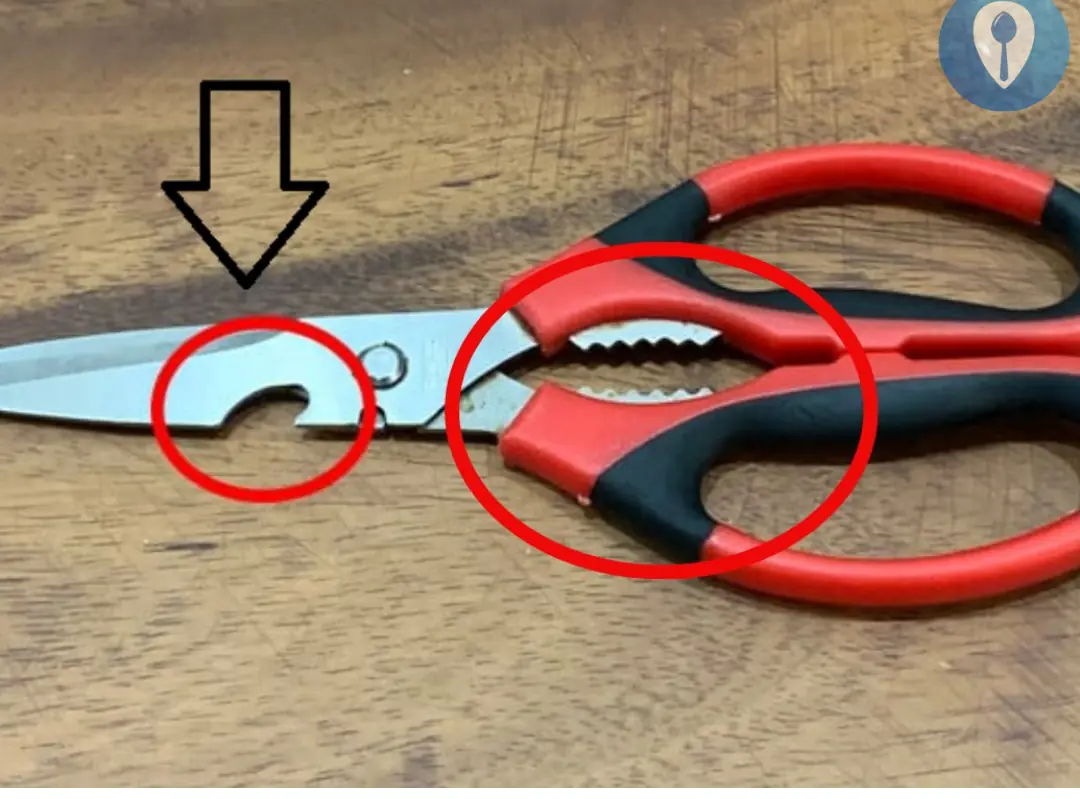
What are the buttonholes and serrated holes on scissors used for?

Many people worry that throwing toilet paper into the toilet might cause blockages

Cooking Rice with Banana: It Sounds Unusual, but the "Golden" Benefits Are Amazing!

If you see garlic sprouting, don't rush to throw it away

Plants that should not be planted around the house
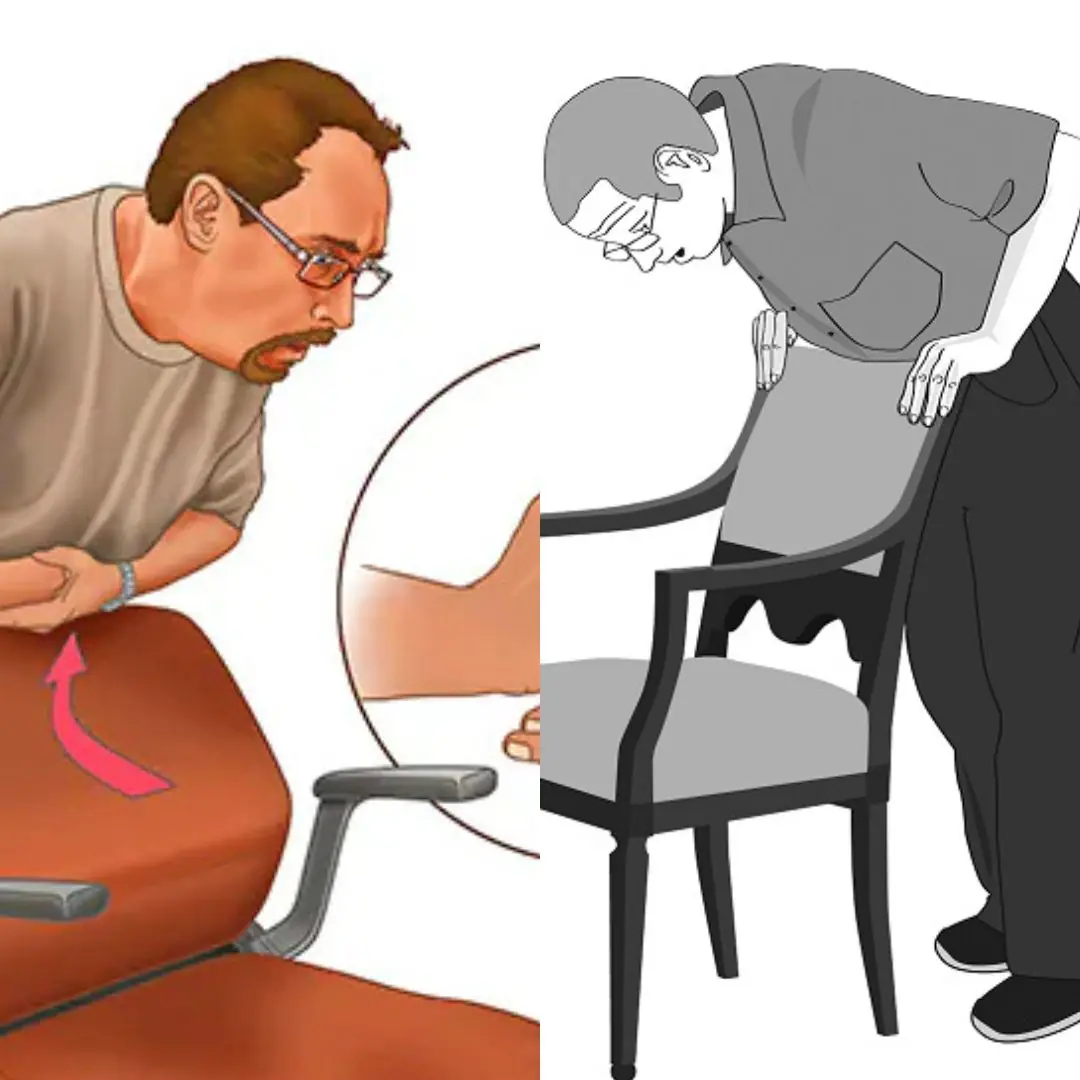
First Aid Guide: Foreign object swallowed
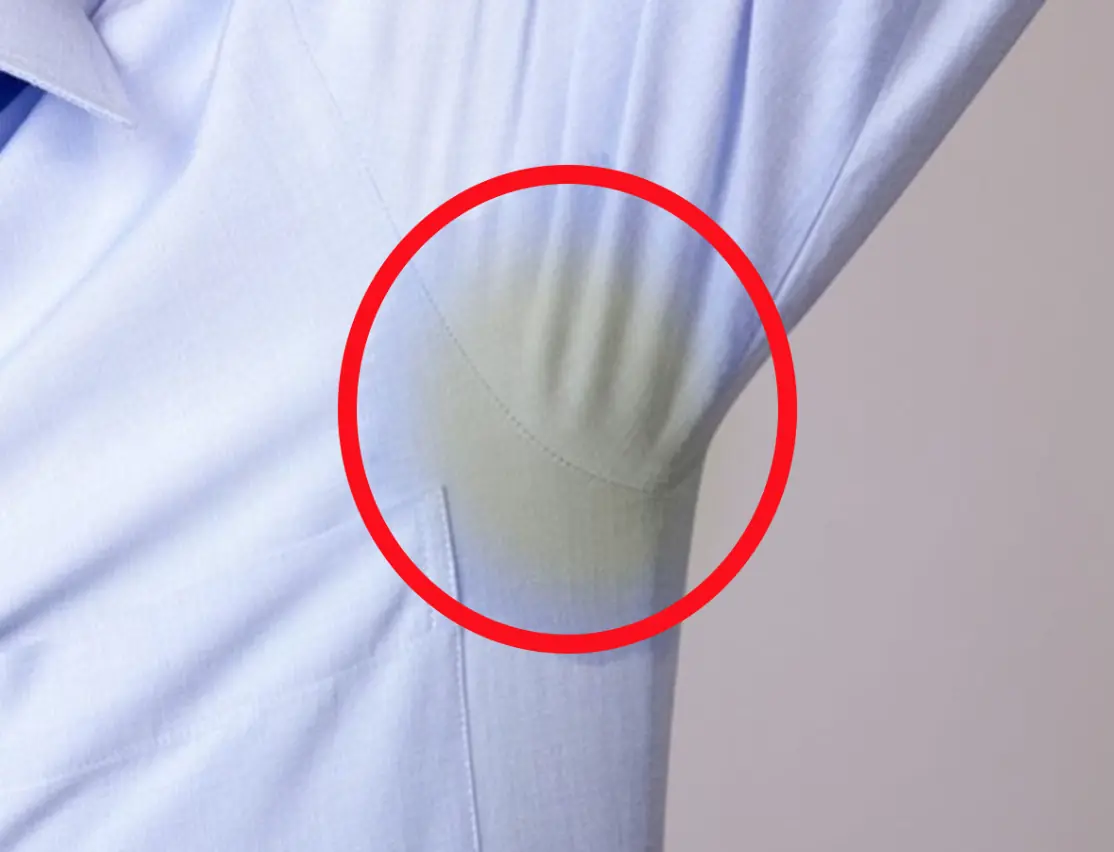
Simple tips to clean yellow sweat stains on white shirts

This Is the Nemesis of Fishy Odor: Add One Spoonful for Tender, Perfectly Seasoned Fish!

Japanese Don't Need Refrigerators: 3 Brilliant Ways to Keep Vegetables Fresh, Proving Their "Smart IQ"
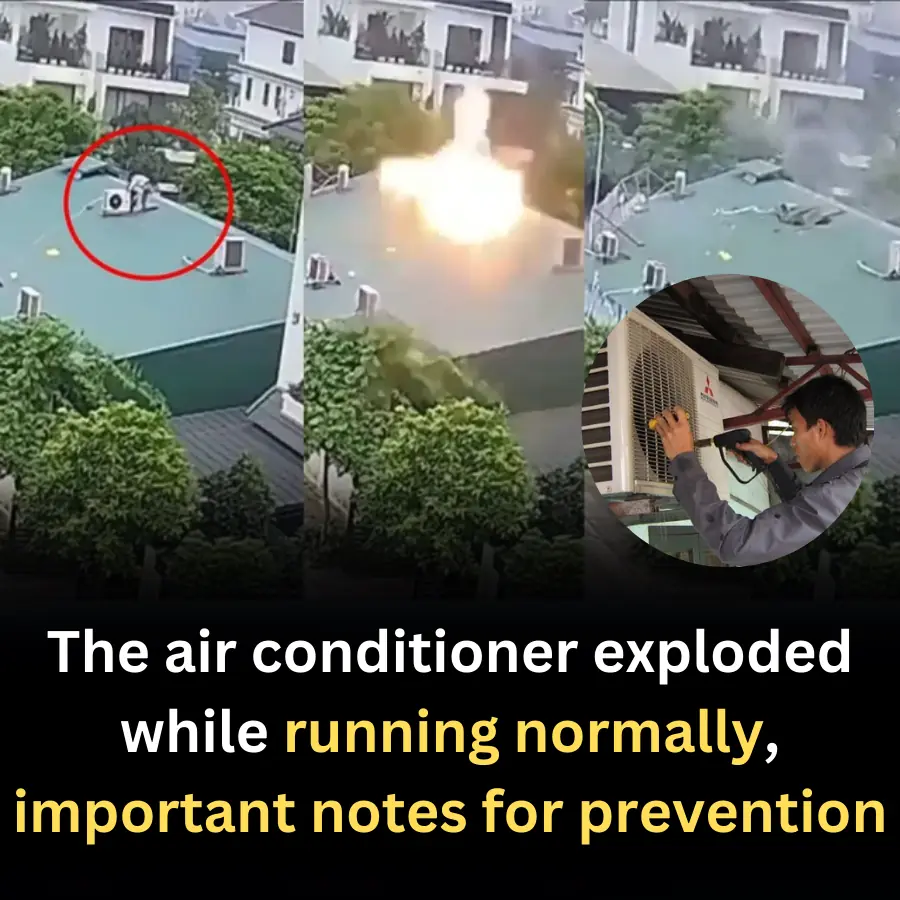
The air conditioner exploded while running normally, important notes for prevention

How to Naturally Eliminate Dust Mites and Bedbugs from Your Mattress

Make the Most of Aluminum Foil: 9 Surprising Uses in Everyday Life

If You’re Keeping Your Washing Machine on the Balcony, You Definitely Should Consider This Design Upgrade

Snake nest crawling in air conditioner, expert shows how to prevent

The pan has lost its non-stick coating, don't throw it away

Check them now before it's too late

Defrosting Fish in Water Is a Mistake! Use This Method for Fast, Odor-Free, and Firm Fish

Does Longer Bone Broth Simmering Make It Tastier? Essential Tips for a Clear, Flavorful Broth
News Post

5 foods are considered "vacuum cleaners" for the l.u.n.gs: eat them regularly and your l.u.ngs will be cleaned

5 Habits Doctors Never Do During Flu Season: How They Stay Healthy Despite Daily Contact with Thousands of Patients

How can you make “5+5+5 = 550” correct with just one line?

Signs of High Blo.od Sugar and Diabetes Risk: If You Have Any of These 6 Symptoms, Be Cautious!
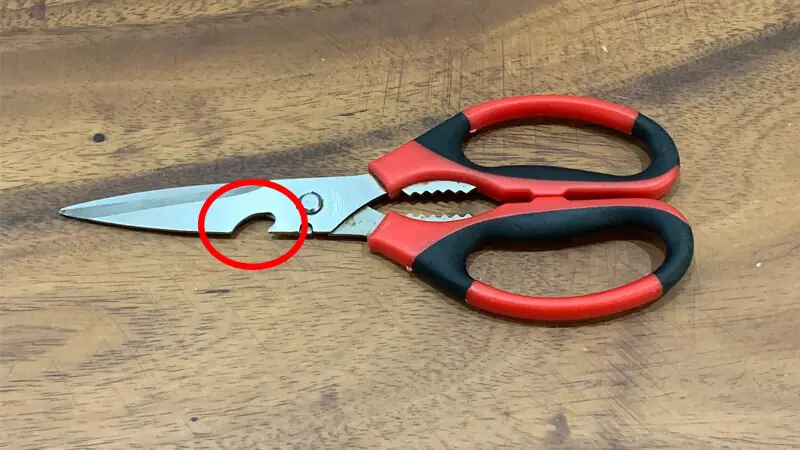
The Purpose of the Notch on Scissors: Many Homemakers Don’t Know How to Use It—What a Shame!

The rice barrel placed in this place will cause constant illness and difficulty

Is that girl okay?

The photo that made millions of people cry about the profession considered the di.rtiest in the world
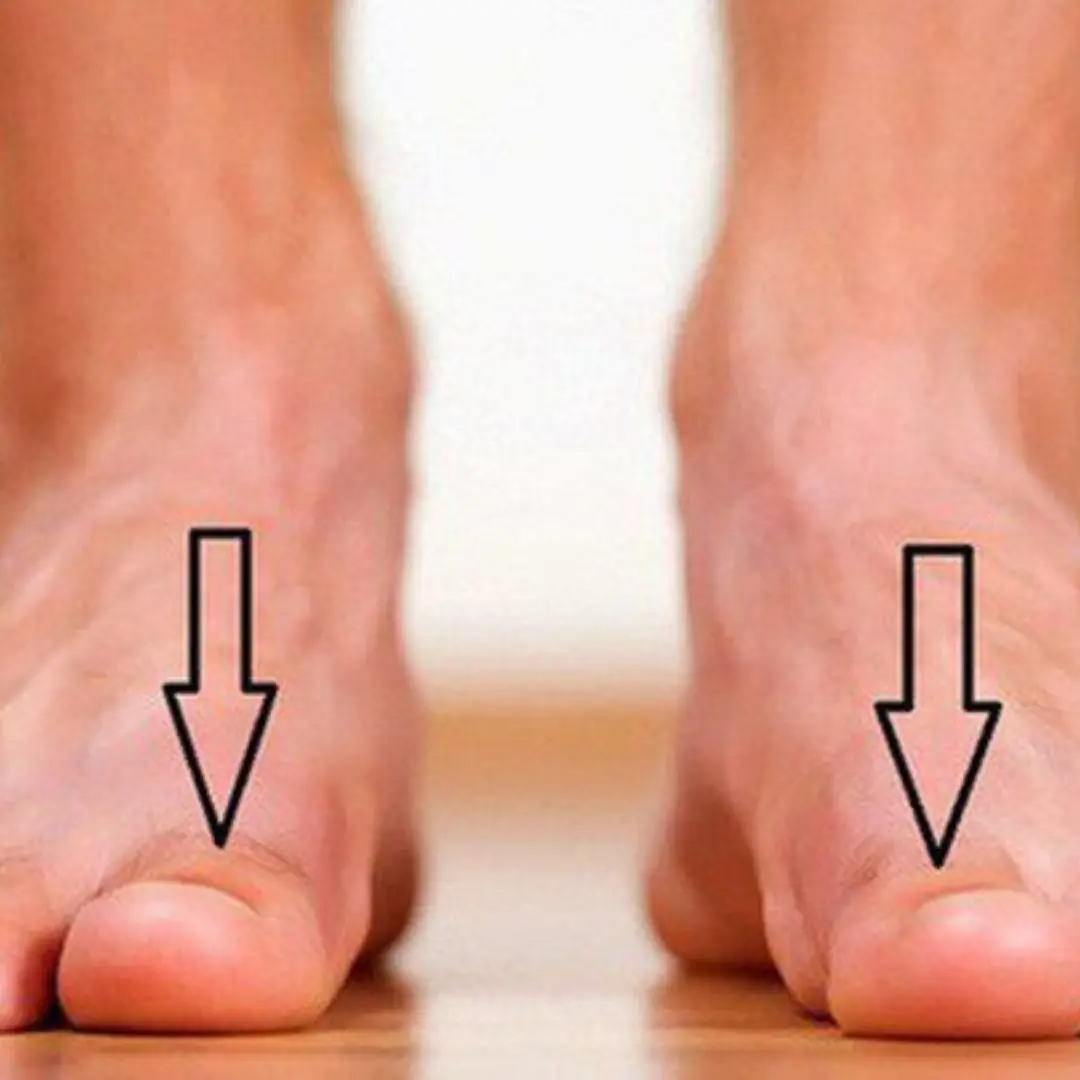
7 warning signs of incurable diseases on the feet: Those who do not have them are very congratulatory

Whole family hospitalized after eating watermelon left overnight in the refrigerator: Mistakes in preserving watermelon that many people make

What are the buttonholes and serrated holes on scissors used for?

Using your phone a lot is fine, but you have to avoid 2 times
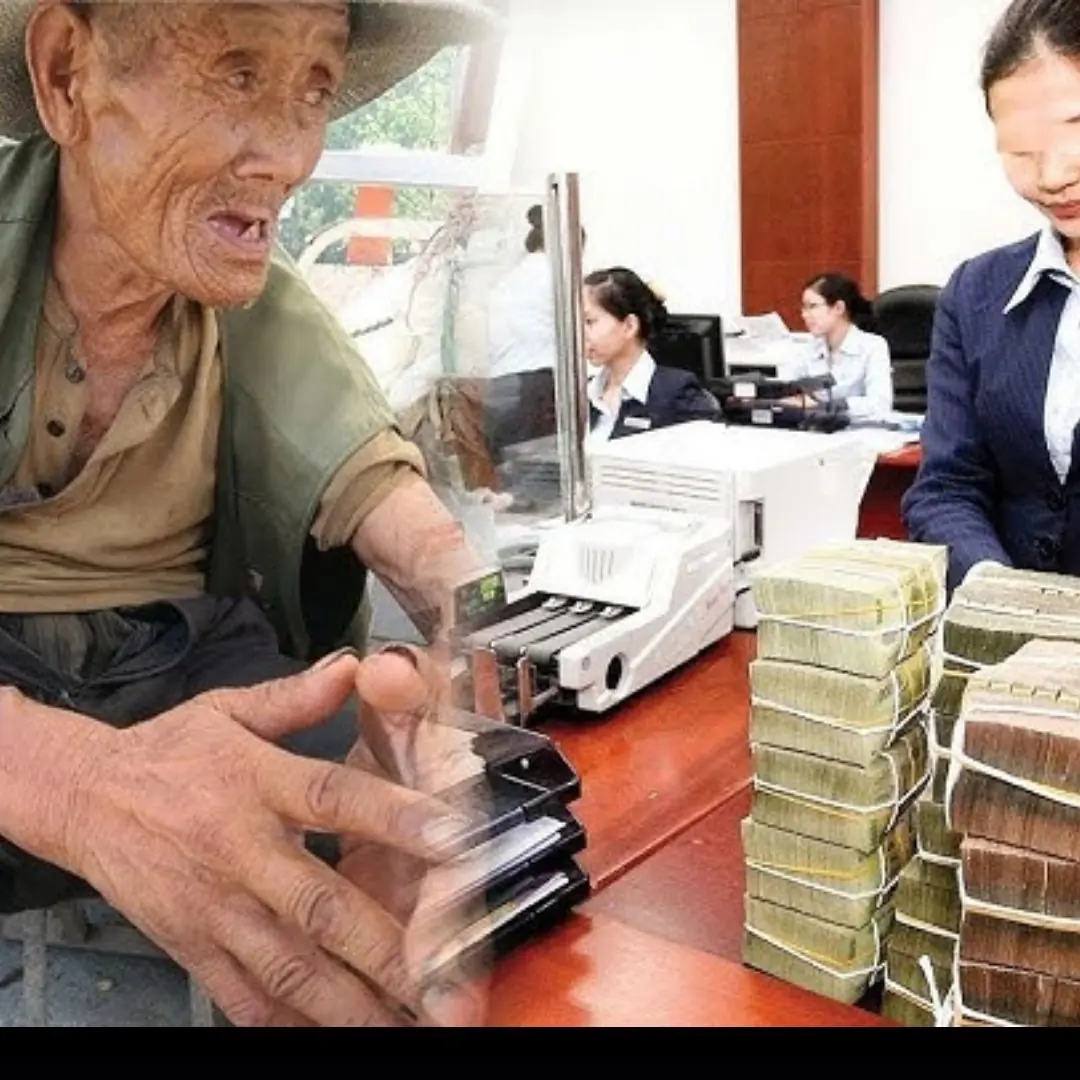
The old man selling lottery tickets carried a sack of change into the bank, was loo.ked d.own upon by the staff and had a surprising ending

I'm only 22 years old, but I just agreed to marry a rich 60 year old man

Who D.ie.s If ‘E’ Pushes The Stone?

Many people worry that throwing toilet paper into the toilet might cause blockages

The "Secret" of the Small Hole on a Vegetable Peeler That Made Me Realize My EQ Has Been at Rock Bottom for 10 Years!

Can you spot the turtle in 15 seconds?

9 Warning Signs of Can.cer: Recognize Them Early to Save Your Life
